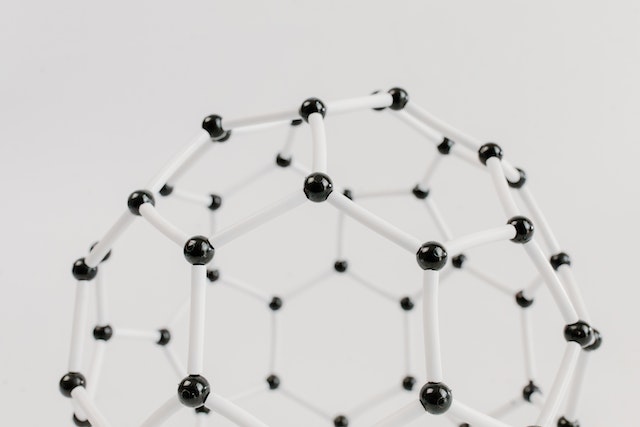
Why is carbon-based life common? Because carbon can bond with many different elements to allow chemical reactions to happen.
On our planet all living things contain carbon. There may be lifeforms on other planets that are made of different elements but on Earth, everything uses carbon in one way or another. Plants, which are ultimately the source of all our energy, take in carbon dioxide, water, and energy from the sun to make glucose and oxygen. Animals eat those plants and take the glucose. They mix that glucose with oxygen to make carbon dioxide, water, and energy.
Living things also have carbon in their cells. Cells are made of large molecules, such as proteins and nucleic acids (DNA), carbohydrates, and lipids. The main component of all of these molecules is carbon. Without carbon, we wouldn’t exist, and if we did exist, we wouldn’t be able to breathe, eat, or carry out any chemical reactions in our bodies. No carbon no life.
So, why is carbon so useful? Well, it isn’t because it is the most common element. In the universe, carbon is the 4th most common element, after hydrogen, helium, and oxygen. However, on Earth, the most common element is iron. 32.1% of our planet is iron. Then we have oxygen (30.1%), silicon (15.1%), magnesium (13.9%), sulfur (2.9%), nickel (1.8%), calcium (1.5%), and aluminium (1.4%). Carbon comes way down the list at 0.0025%. Yet, despite being such a small part of our world, life couldn’t exist without it.
A carbon atom has 6 electrons and 6 protons. 2 of its electrons are in an inner shell and the other 4 are in an outer shell. Because carbon has four electrons like this, it is very easy for the carbon atom to share its electrons with another atom. For example, a carbon atom can share its four electrons equally with four hydrogen atoms and make methane: CH4. Carbon can also bond very easily with other carbon atoms to make long chains. These chains can be double or triple bonded, making them very strong. This is one reason why graphene is so strong even though it is only one atom thick.
It is not only very easy for carbon to make these bonds, but the bonds are also of equal strength. They attach very easily and they can be broken apart as well. This is vital for the chemical processes that are carried out in our bodies. If we couldn’t separate the carbon or attach it to other atoms, we couldn’t live. All life that we know has evolved to use carbon for these reasons. It is safe to say that if other elements were just as useful, we would have evolved to use them because they are far more abundant than carbon. The fact that we haven’t is pretty much proof that they are not useful for life.
So, could other lifeforms be made of different elements? A lifeform made of silicon is an example that is often given. There is no way to know what lifeforms on other worlds are made of but going from the physics and the biology that we know, it would be unlikely. Silicon also has four electrons in an outer orbit, just like carbon, but it doesn’t connect to other atoms in the same way. Carbon connects to all atoms with equal strength. Silicon tends to connect to the first atom more strongly than it does the other ones. Some of the bonds are far too strong to break. Silicon is exceptionally attracted to oxygen and separating them is nearly impossible. It wouldn’t be easy to use silicon for chemical reactions in a body. An example is breathing. When we breathe, we breathe in oxygen, combine it with carbon and breathe out carbon dioxide. If a silicon being breathed in oxygen and combined it with silicon, they would breathe out silicon dioxide, which is rock.
However, that doesn’t mean a silicon being couldn’t exist somewhere. There is no way of knowing. Maybe beings on another world have different biology. Maybe they don’t need to breathe or have chemical reactions in their bodies. Maybe they have different ways of making energy. There is no way of knowing. All we can say is that on Earth, with the biology, chemistry, and physics that we have, we need carbon to live and we couldn’t use anything else. And this is what I learned today.
Photo by Tara Winstead: https://www.pexels.com/photo/internet-connection-school-technology-7723393/
Sources
https://www.wondriumdaily.com/misconceptions-of-science-is-silicon-based-life-possible
https://www.futurelearn.com/info/courses/the-biology-of-bugs-brains-and-beasts/0/steps/68848
https://en.wikipedia.org/wiki/Abundance_of_the_chemical_elements
https://www.infoplease.com/math-science/chemistry/the-chemistry-of-biology-organic-chemistry
https://www.quora.com/Why-can-t-silicon-make-the-complex-bonds-that-carbon-can
